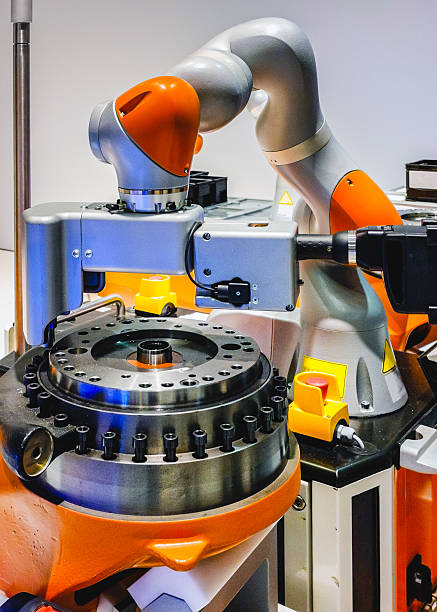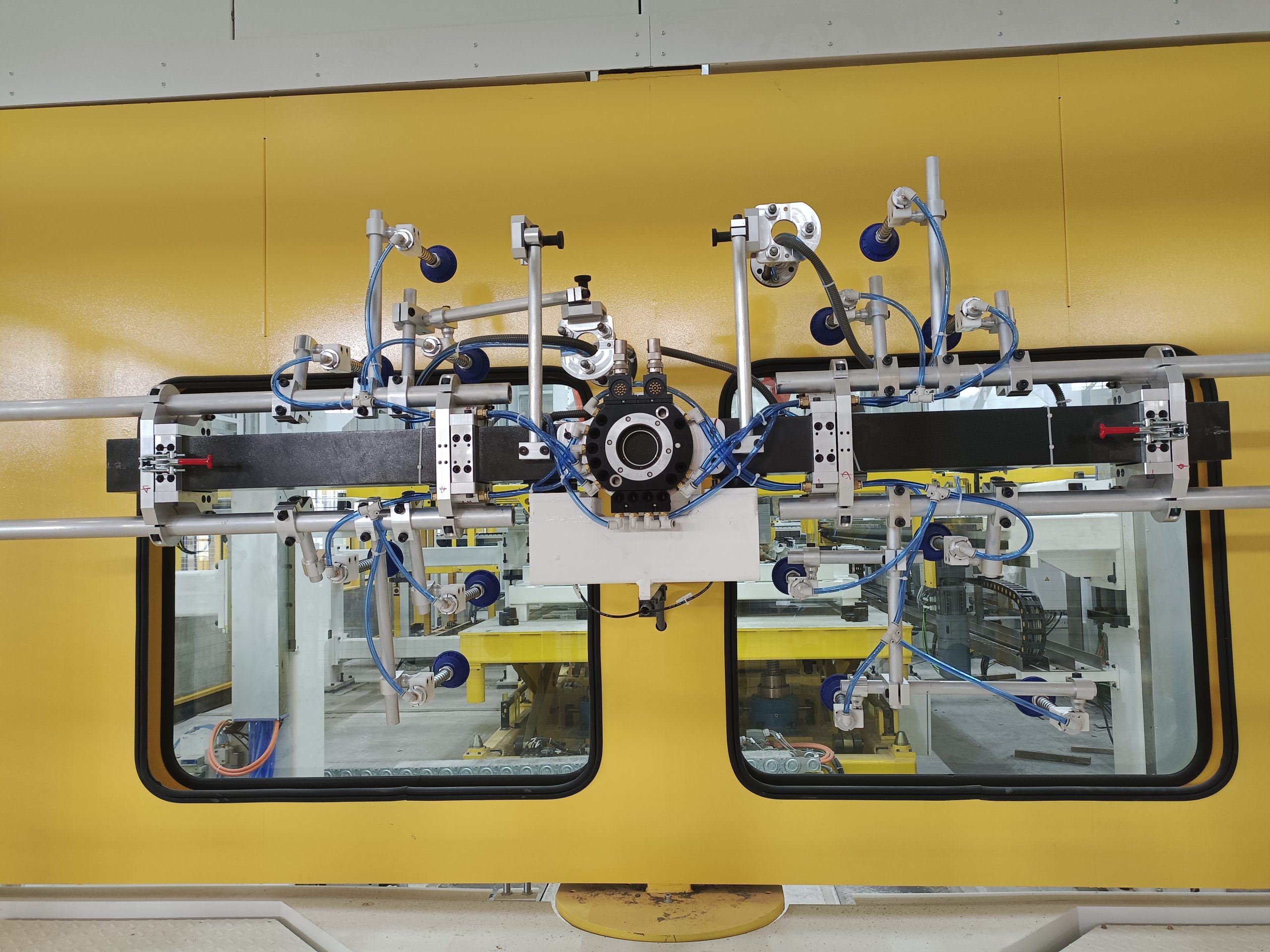The advancements in End of Arm Tooling (EOAT) are not just technical feats; they represent a paradigm shift in the way we approach automation and robotics. These innovations are setting new standards in efficiency, adaptability, and safety, making robots more versatile and integral across various sectors.
Advanced Material Innovations: The exploration of new materials in EOAT has been pivotal. Beyond carbon fiber, researchers are delving into novel composites and polymers that offer unique properties like enhanced heat resistance, flexibility, or conductivity. These materials are pushing the boundaries of what robotic arms can handle, be it in extreme temperatures or handling delicate components.
Sophisticated Gripping Mechanisms: The evolution of gripping mechanisms in EOAT is a testament to human ingenuity. From multi-fingered hands mimicking human dexterity to magnetic and vacuum-based systems that handle materials without physical contact, these innovations greatly expand the types of tasks robots can perform.

Autonomous Decision-Making Abilities: Advanced EOAT now encompasses autonomous decision-making capabilities. Equipped with AI, these tools can analyze data, learn from their environment, and make adjustments on the fly. This level of autonomy is crucial in environments where conditions change rapidly or are too hazardous for human workers.
Green and Sustainable Solutions: In line with global sustainability efforts, EOAT innovations are also focusing on eco-friendly solutions. This includes the development of tools that minimize waste, optimize energy use, and are made from recyclable materials, thereby reducing the carbon footprint of robotic operations.
Cross-Sector Adaptability: The adaptability of modern EOAT is not limited to industrial settings. There are breakthroughs in fields like underwater exploration, where EOAT is being designed to withstand high pressure and corrosive environments, and in space exploration, where they must operate in zero-gravity conditions.

Enhanced Human-Machine Interaction: The interplay between humans and robots is becoming more seamless, thanks to advances in EOAT. This includes the development of haptic feedback systems, where operators can feel what the robot ‘feels’, enhancing control and responsiveness in tasks that require a high level of precision.
Customization and Personalization: The ability to customize and personalize EOAT is a significant leap forward. With 3D printing and advanced manufacturing techniques, EOAT can be tailored to specific tasks, industries, or even individual robots, ensuring optimal performance and efficiency.

